Architects are actually huge fans of underfloor heating, as it gives them more freedom when it comes to designing rooms. The radiators we present here might, however, change their minds, as the radiators themselves are highlights of interior design.
Do you remember the first massive central heating radiators, extravagantly ornamented and made of cast iron? They adorned the upper-class mansions and apartments in the early 20th century and are still highly valued collector’s items. Whoever still owns one would never give it away. But you probably also remember the millions of plain and even bleak panel and ribbed radiators that were installed in the 50s. Let us be honest: since then, radiators have had an image problem.
This has created a headache for the industry’s design and marketing experts. Their first try was the towel radiator. This practical as well as appealing invention launched the comeback of radiators. Even those who have underfloor heating in their houses these days would not want to go without a radiator that keeps the bathroom towels nice and warm, and quickly dries them again after showering.
„We can do better than this!“ is what the developers of companies like Zehnder, Runtal, Bemm or Kermi must have thought. All of a sudden, more and more daring designs and increasingly expressive colours were presented at the relevant industry trade fairs. The images in our gallery show how imaginative a good designer can be when it comes to water flowing through metal. There are also new material combinations that enable extraordinary designs. One example is the combination of aluminium and expanded graphite. Radiators with this combination are clearly lighter than those made of steel, and can be shaped into more individual forms.
What we should always remember even when focusing on the beautiful designs, is the indisputable advantage of radiators. Of course they radiate heat, but would underfloor heating not do that too? Yes, but it takes much longer to heat up the room and then longer to cool down. If it is cold, you just turn on a radiator and in a few minutes, the room is warm. Everything else can be adjusted by the thermostatic valve. Especially in well-insulated apartments and houses, this quick way of controlling the temperature is not only beneficial for room climate and cosiness, but also particularly energy-efficient.
More info: haro.co.nz
Strong competition for the excellent view. And yes, the artwork on the wall actually does heat the room.
(“Splash“ by Runtal) (Copyright: Runtal)
Source: www.haro.co.nz
A room divider that not only emphasises the loft character of a room, but also ensures a cosy warmth.
(„Charleston“ by Zehnder) (Copyright: Zehnder)
Source: www.haro.co.nz
This elegant wall radiator is composed of concave and convex segments
(‘Irsap Curval’ by Bemm) (Copyright: Bemm)
Source: www.haro.co.nz
This radiator is formed from a single a pipe and then chromed – an amazing effect.
(„Spirale“ by Runtal) (Copyright: Runtal)
Source: www.haro.co.nz
A spectacular towel heater: with its organic shape, ‘Ideos’ adds gentle curves to the room.
(Copyright: Kermi)
Source: www.haro.co.nz
Here you can warm up your winter coat and easily dry your rain jacket: ‘Fedon’ can be upgraded to a wardrobe – even with lighting.
(Copyright: Kermi)
Source: www.haro.co.nz
An innovative combination: an especially slim radiator panelled with Wenge wood.
(‘Folio’ by Runtal) (Copyright: Runtal)
Source: www.haro.co.nz
It is a real pleasure to take a warm towel from this radiator shaped like a shelf.
(„Quadraqua“ by Bemm) (Copyright: Bemm)
Source: www.haro.co.nz
A delightfully playful way of bringing warmth into a bathroom: ‘Perla’ by Anapont.
(Copyright: Anapont)
Source: www.haro.co.nz
120views
Share on FacebookThese are terrific ~ original and creative and attractive, not just functional. Bravo to the designers.
These are terrific ~ original and creative and attractive, not just functional. Bravo to the designers.
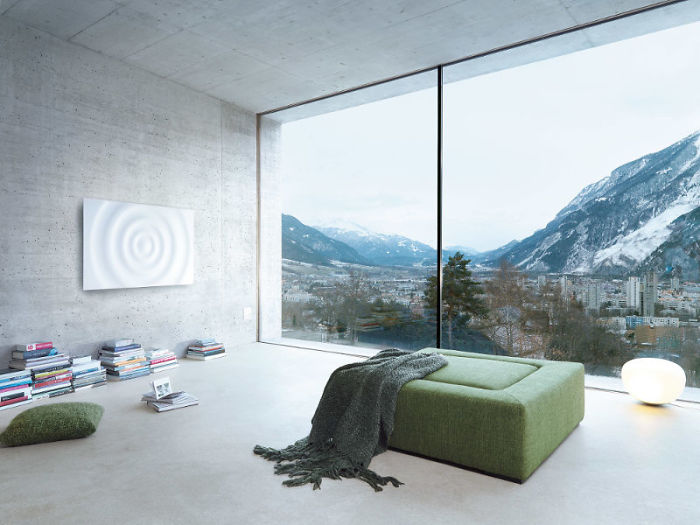
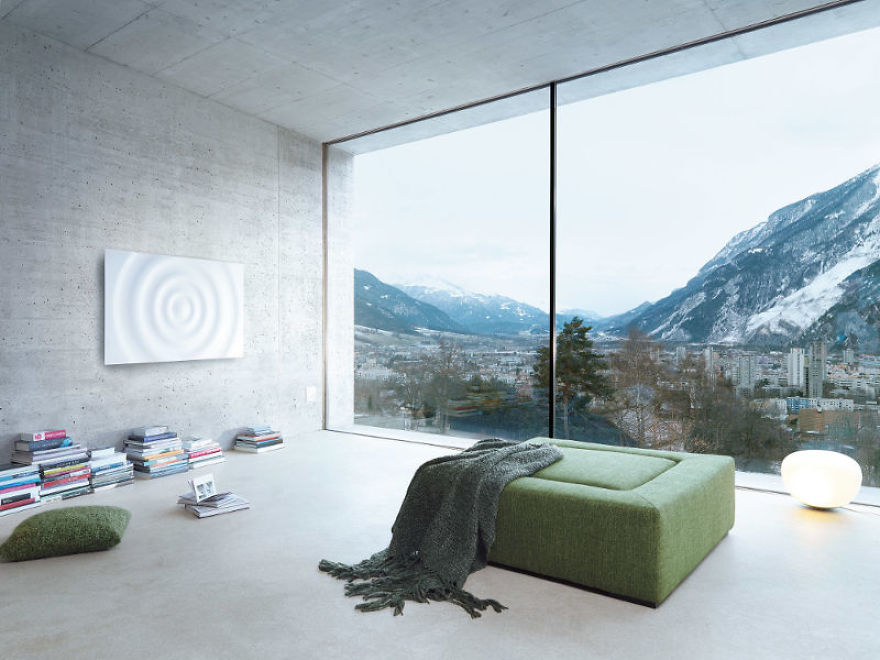
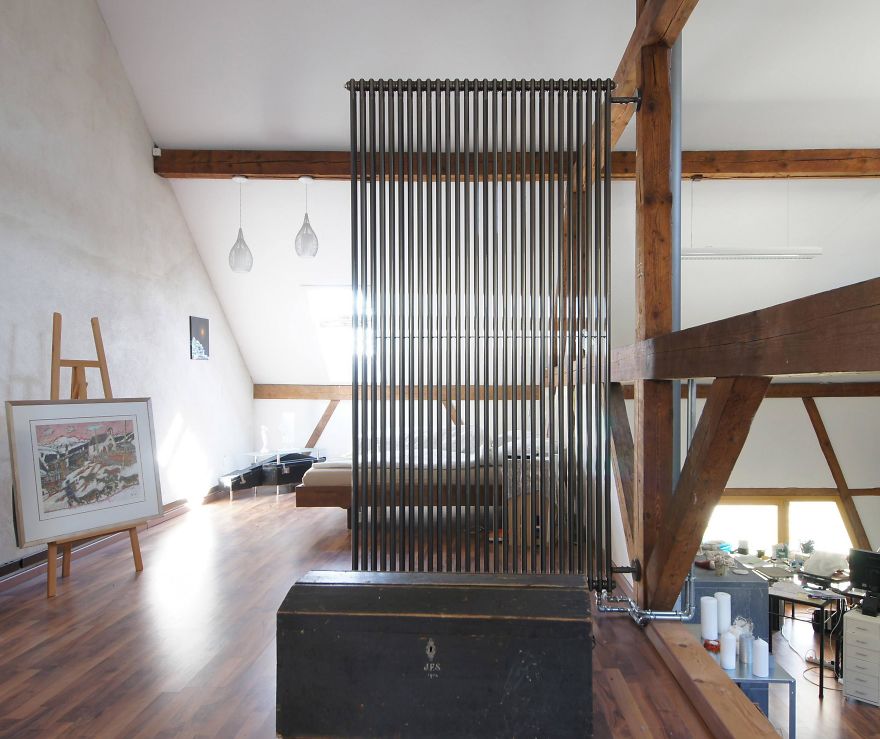
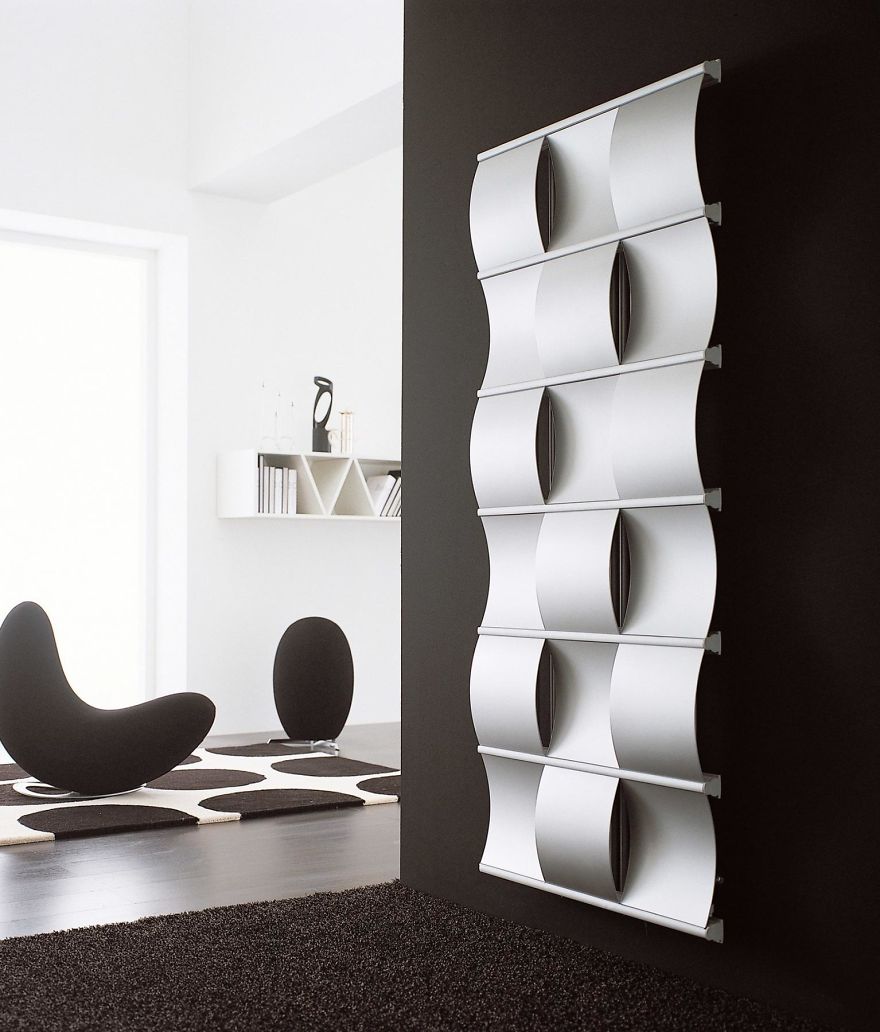
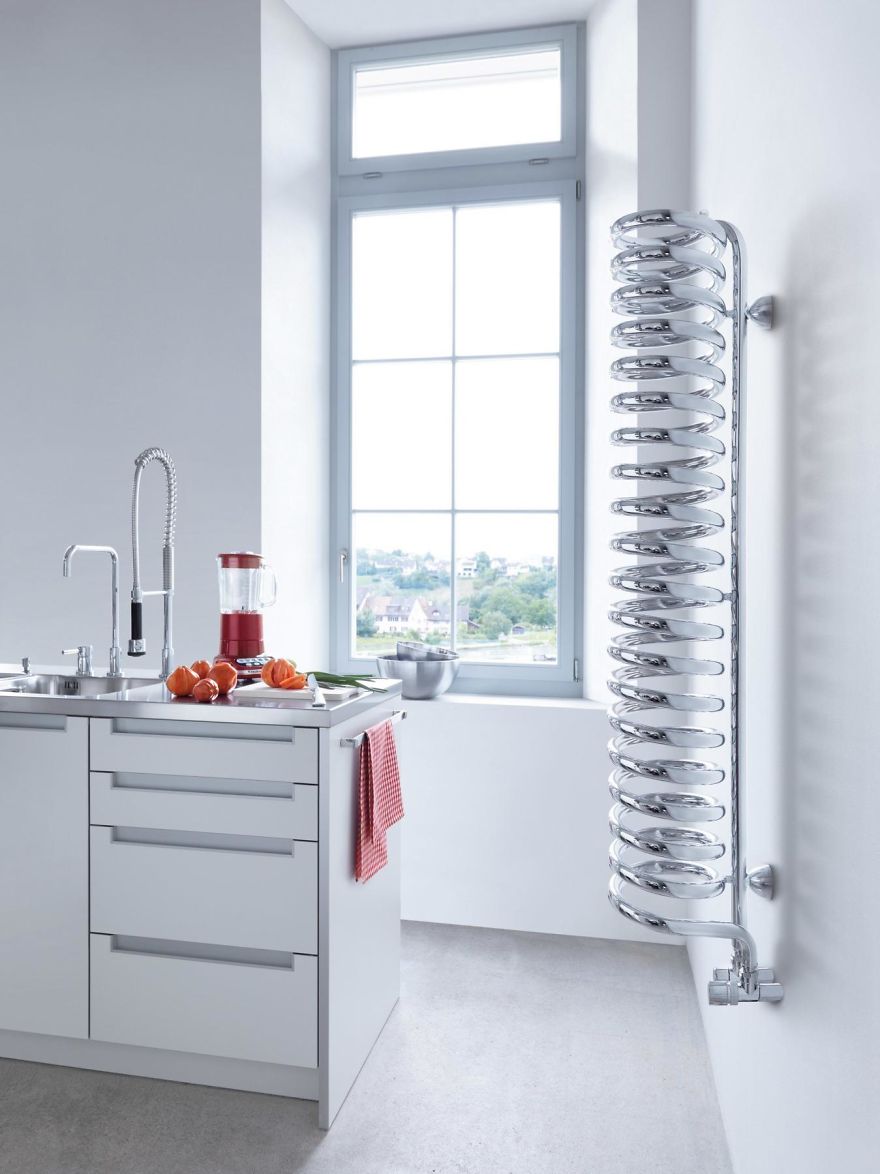
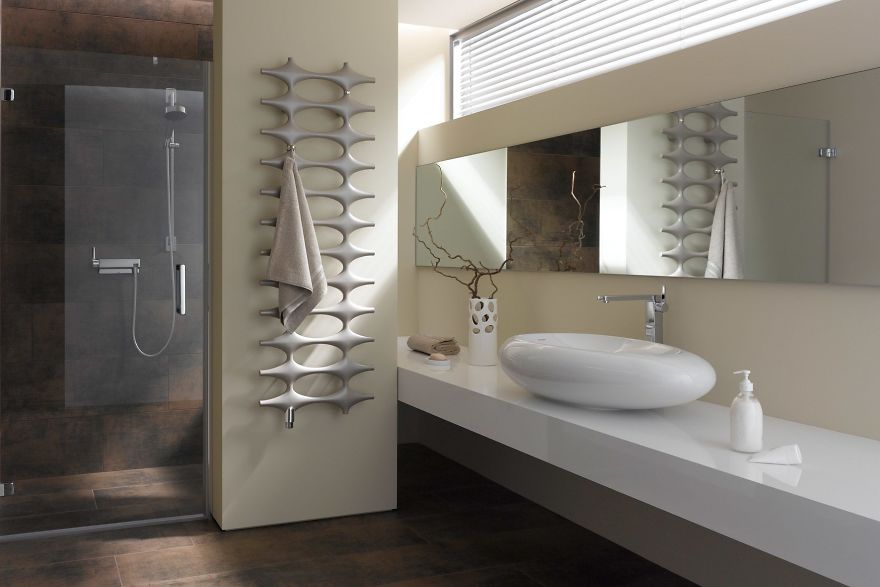
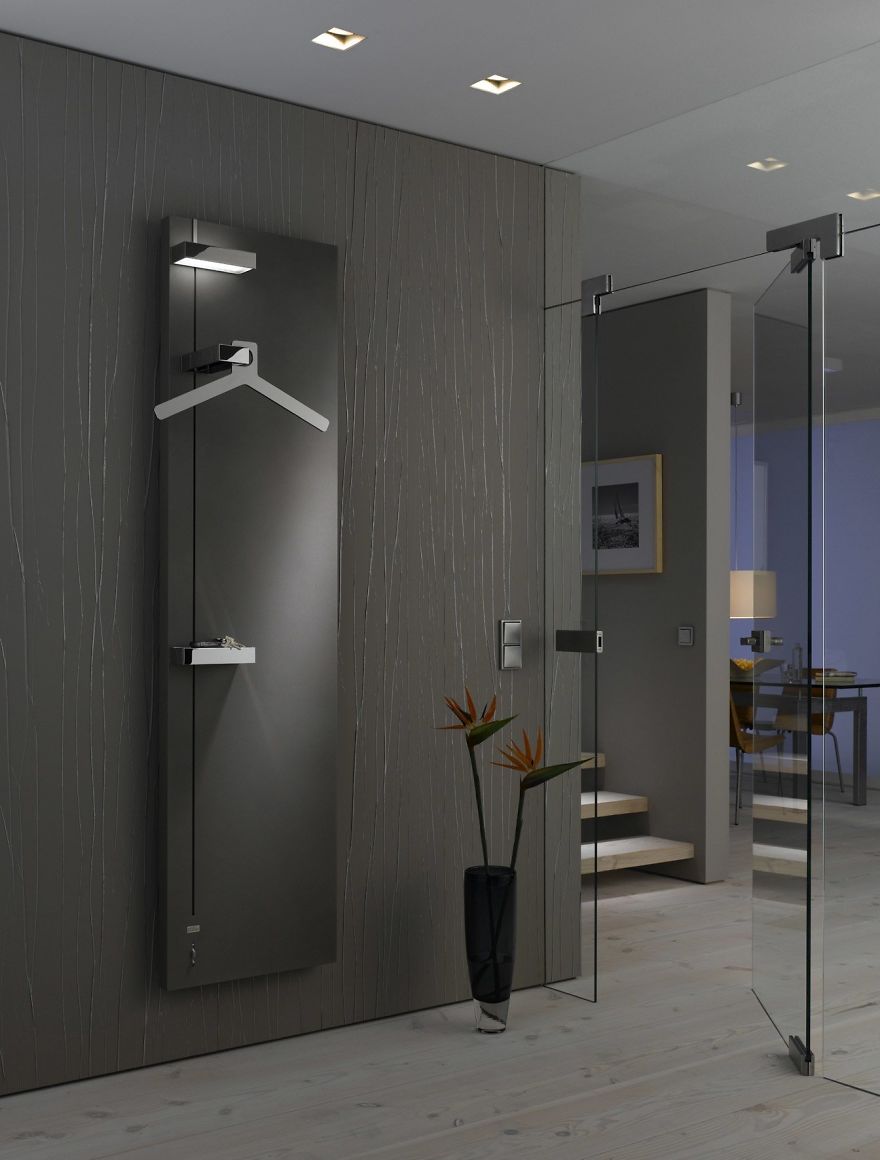
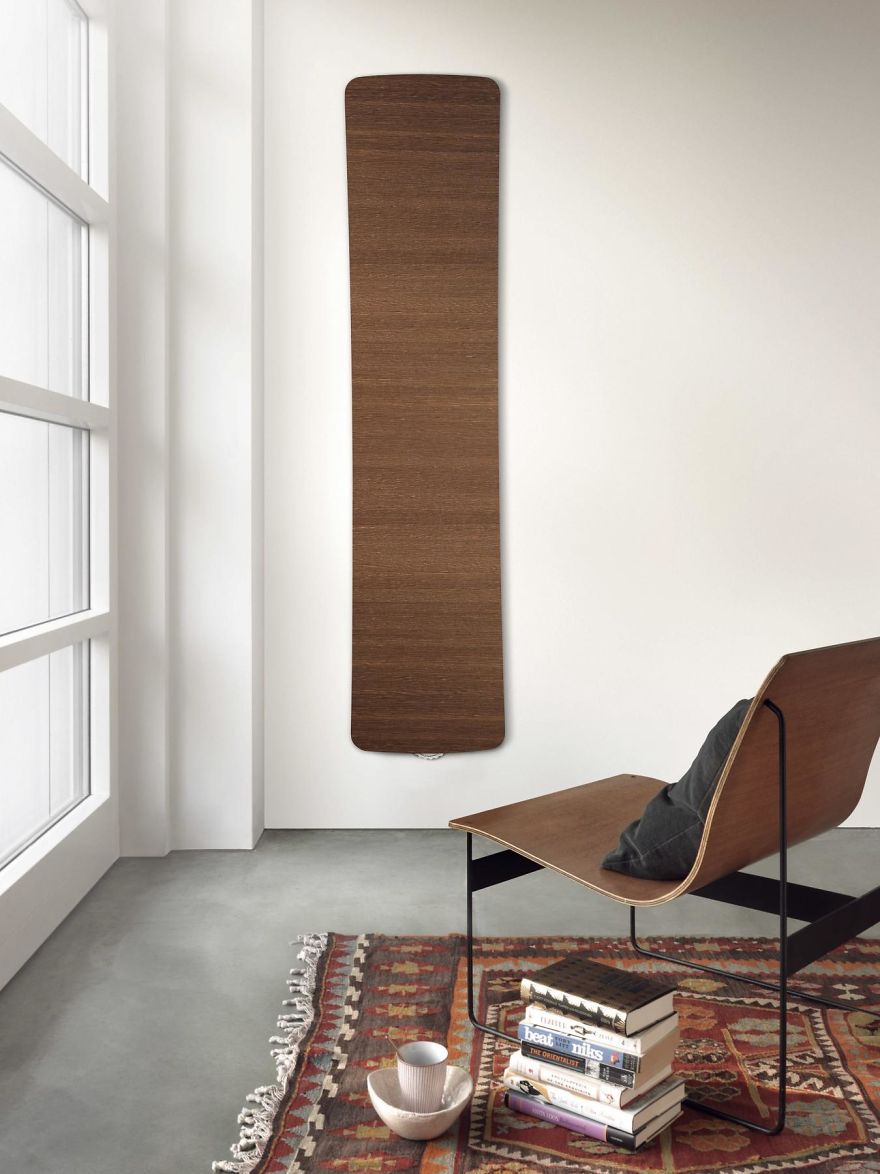
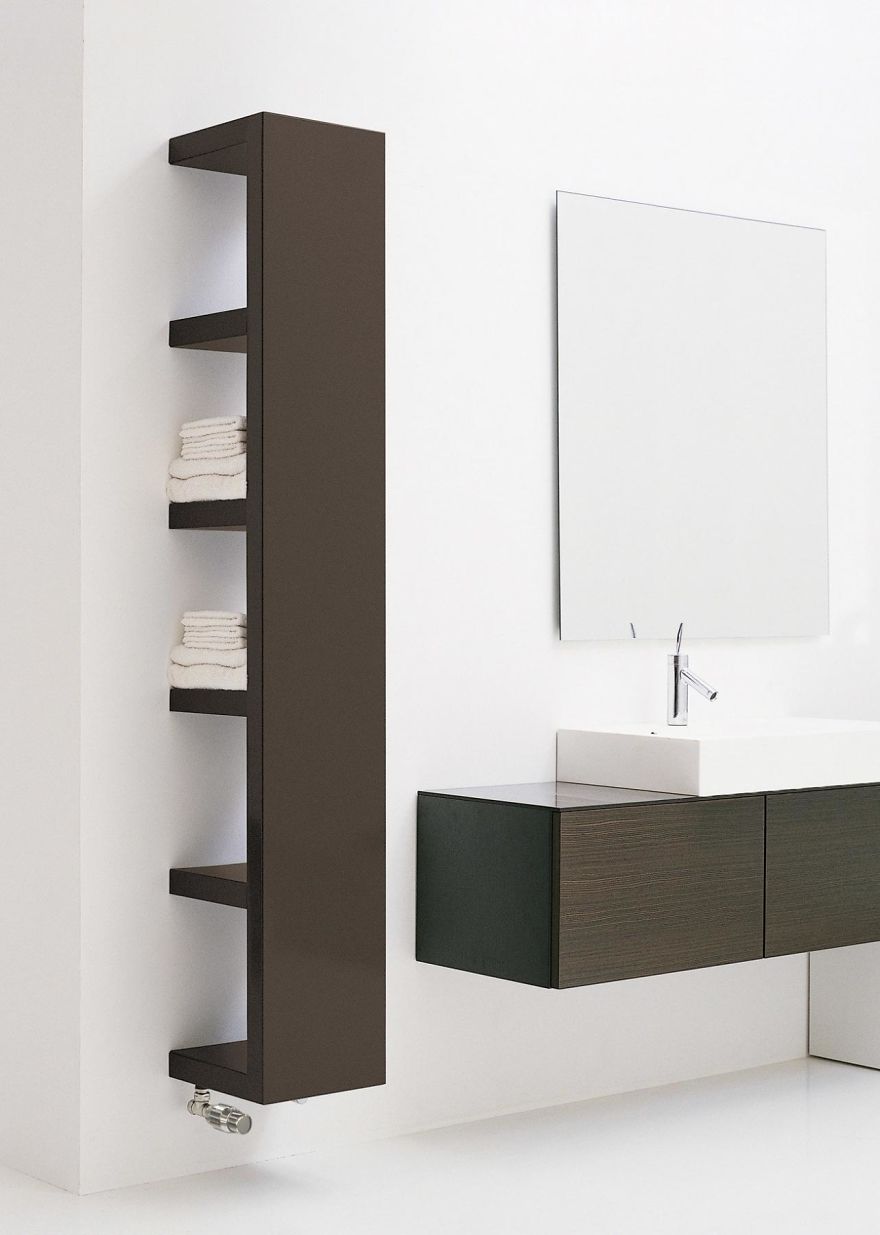
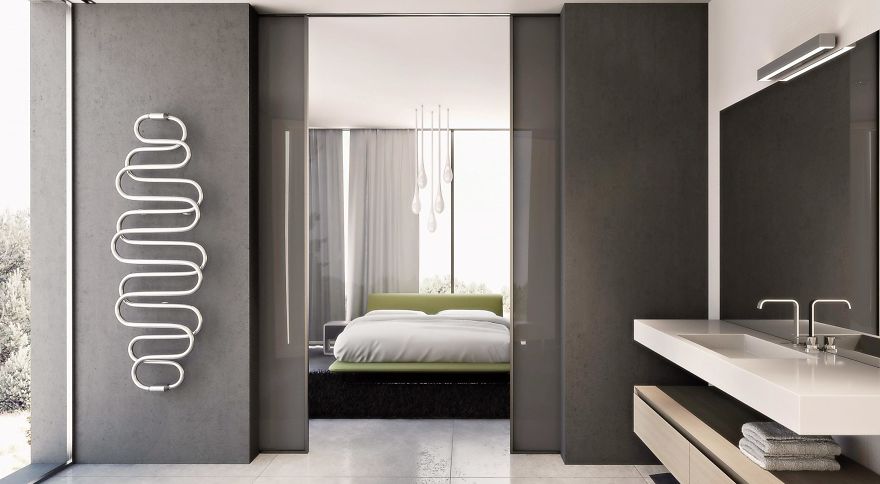
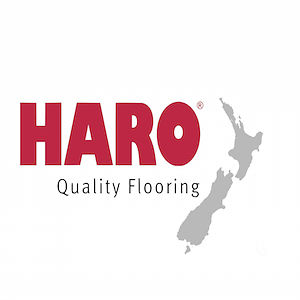


7
1